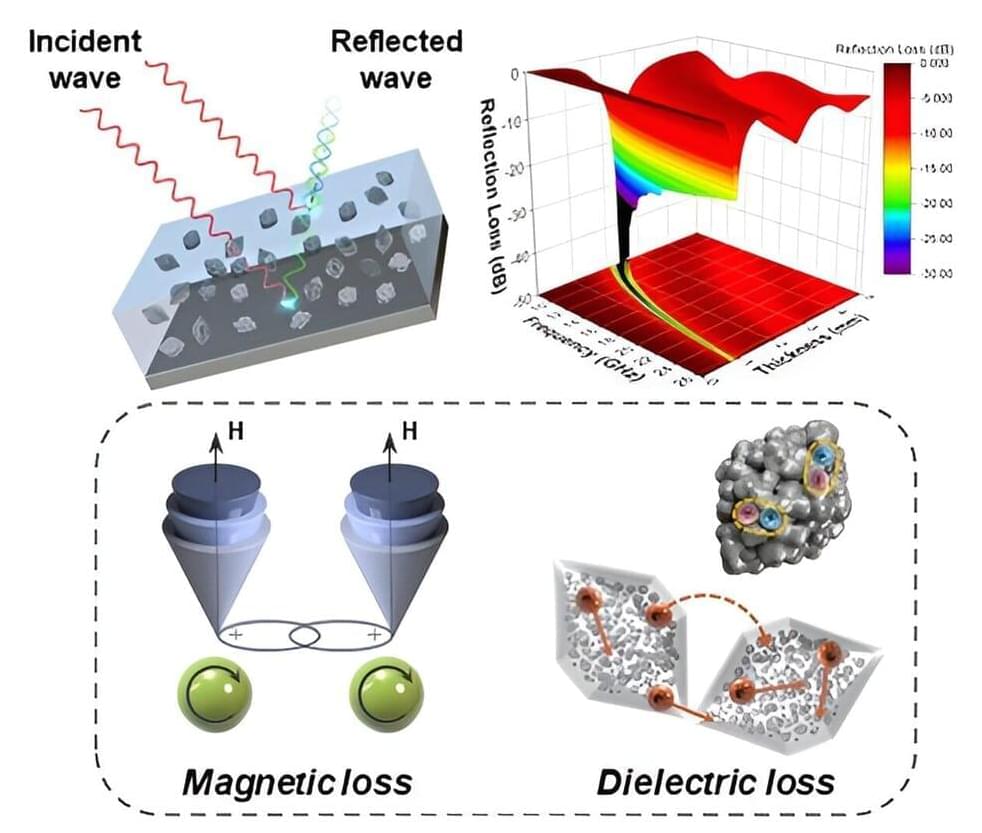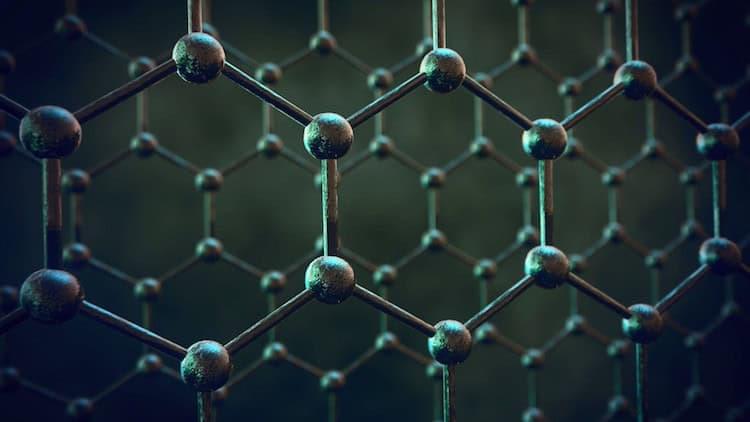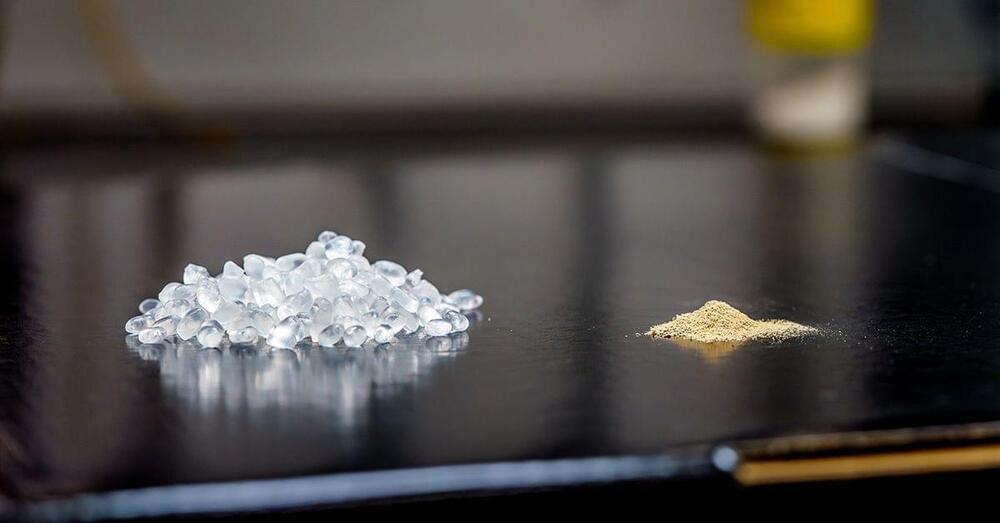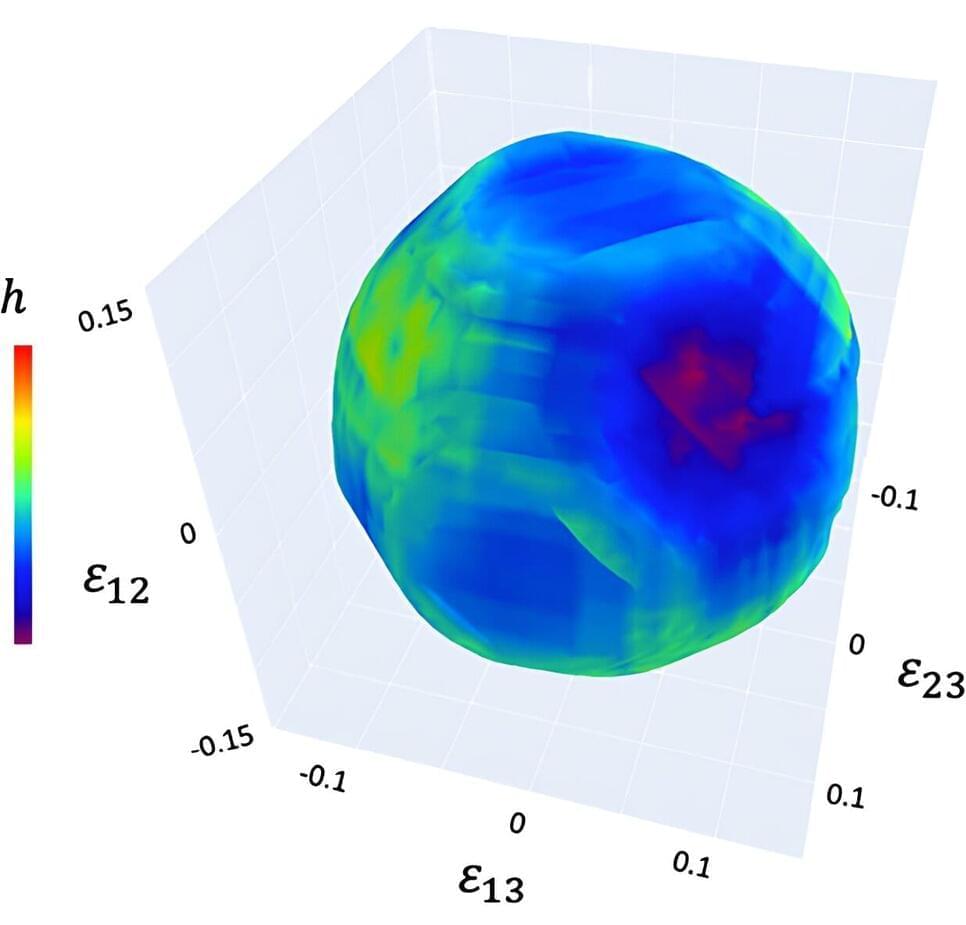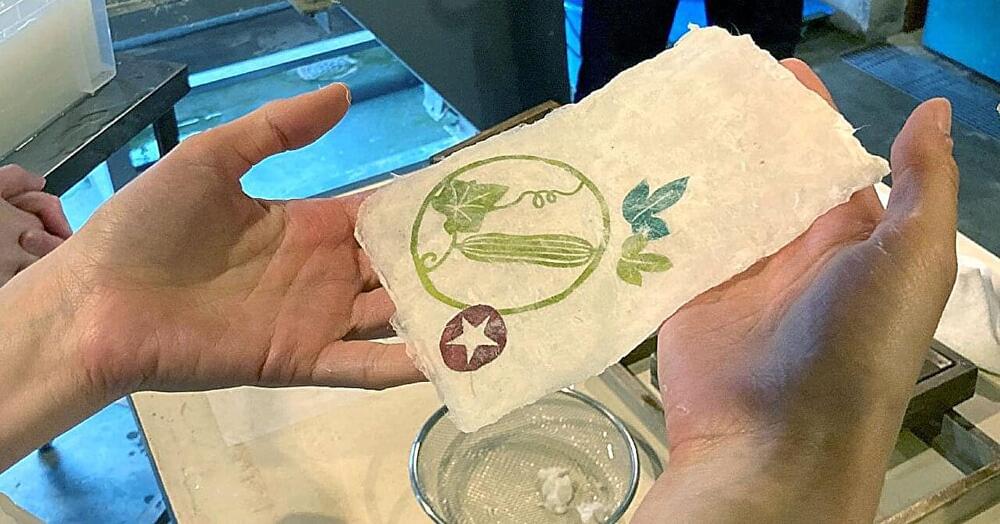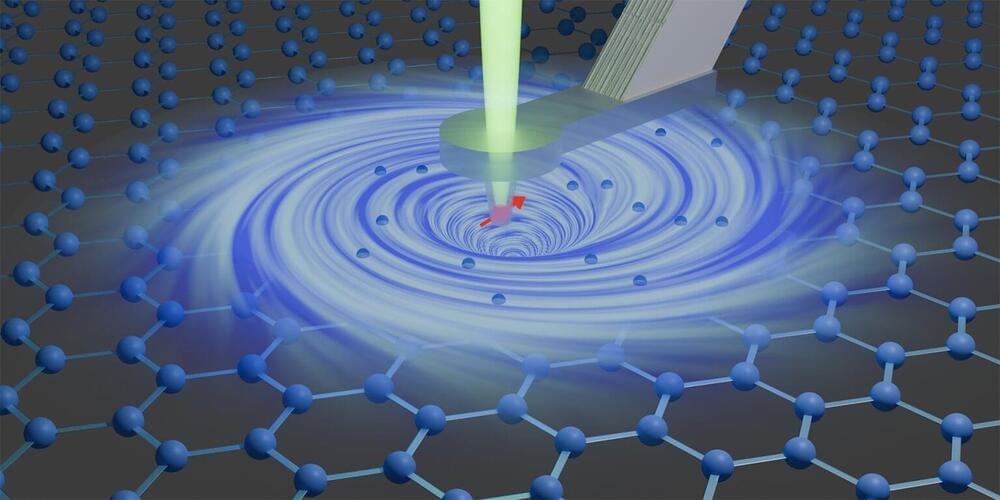May 16, 2024
Research team develops electromagnetic wave absorbers with strong absorption and broad effective bandwidth
Posted by Saúl Morales Rodriguéz in category: materials
A research team from the Department of Functional Composites in Composites Research Division at Korea Institute of Materials Science (KIMS) has successfully developed electromagnetic wave absorbers based on metal-organic frameworks (MOFs) that enhance dielectric and magnetic losses in the gigahertz (GHz) frequency band. The research was published in the journal Advanced Composites and Hybrid Materials on February 5, 2024.
